Alvin routinely undergoes a refit about every 3 years where it is completely disassembled down to the (1.9 in.) thick titanium personnel sphere. The DSV recently returned on 10/13 to Woods Hole, MA aboard it's support vessel R/V Atlantis from the Pacific.
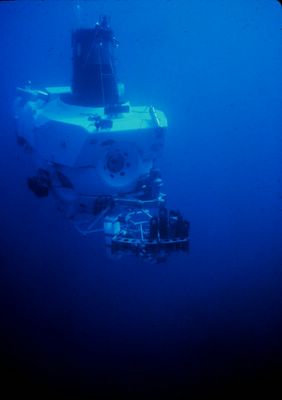
Alvin Submerged (Source: NOAA)
The submersible Alvin is owned by the US Navy and operated by WHOI as a national oceanographic facility. The DSV typically makes eight-hour dives transporting two scientists and a pilot as deep as 4,500 meters or 14,764 feet. Specifications on the DSV can be found here.
Alvin has made more than 4,100 dives worldwide in it's forty year history. Of those dives the majority have been for Biology, Geology and Geophysics research. A NOAA streaming video of Alvin being launched from the support ship R/V Atlantis can be found here.
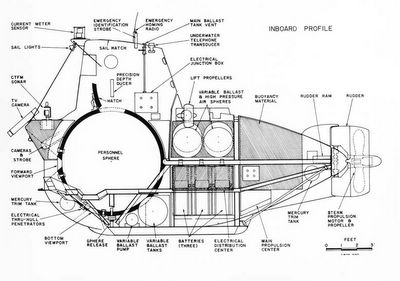
Alvin Drawing (Source: NOAA) Click on graphic for larger view.
Alvin is famous as the Geophysics research vehicle that in 1977 discovered the first hydrothermal vents off the coast of the Galapagos Islands. That discovery lead researchers to about 300 new species of animals, including bacteria, foot-long clams and mussels, tiny shrimp, arthropods, and red-tipped tube worms that can grow up to 10 ft long in some vents. The biological significance being that these creatures were the first discovered to exist totally independent of sunlight for energy and therefore an ecosystem dependent upon the these deep sea hydrothermal vents.
Other significant discoveries, accomplishments and mishaps in Alvin's 40 year history include:
1966 - Alvin assisting in the recovery of a hydrogen bomb lost when the B-52 crashed in the Mediterranean off Palomares, Spain after colliding with a refueling tanker.
1967 - Alvin was attacked by a swordfish on the bottom at about 2,000 feet. The fish became trapped in Alvin’s skin and was brought back to the surface (and cooked for dinner).
1968 - Alvin’s cradle support cables failed and Alvin slid into the water and sank to the bottom in 5,000 feet of water. The pilot sustained minor injuries and escaped while the sub was on the surface. Alvin was recovered a few months later with the assistance of the DSV Aluminaut .
1977 - Alvin discovered the first hydrothermal vents off the coast of the Galapagos Islands.
1980 - Alvin completed its 1,000th dive at the Galapagos Rift
1986 - Alvin made 12 dives to the RMS Titanic to test a prototype robotic vehicle called Jason Jr. and to photographically document the wreck.
A full chronology of Alvin's history can be found here.
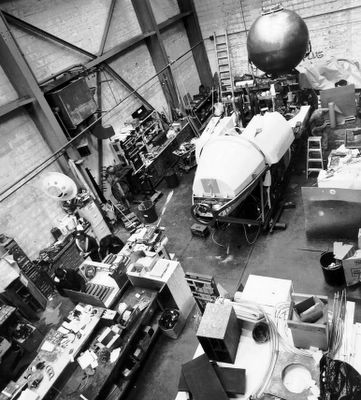
Photo of 1974 refit of Alvin where a (1.9 in.) thick titanium pressure sphere replaced the HY-100 steel one, increasing it's certified dive depth (Source: NOAA)
Alvin's pilots typically have engineering degrees. Pilot certification is in some ways like earning your Submarine Dolphins, the U.S. Navy requires pilots to draw—from memory—dozens of the sub’s intricate hydraulic, ballast, electrical, and mechanical components and systems. Alvin's pilots are skilled swimmers assisting in every launch and recovery of the DSV. Additionally they are all mechanics as well as pilots; being required to make shipboard repairs during an expedition.
The sub's name Alvin is in honor of the prime mover and creative inspiration for the vehicle, Allyn Vine, a scientist at Woods Hole Oceanographic Institution. A 2004 NPR audio interview is linked here with Barrie Walden, manager, National Deep Submergence facility at the Woods Hole Oceanographic Institution on Alvin' s projected retirement.
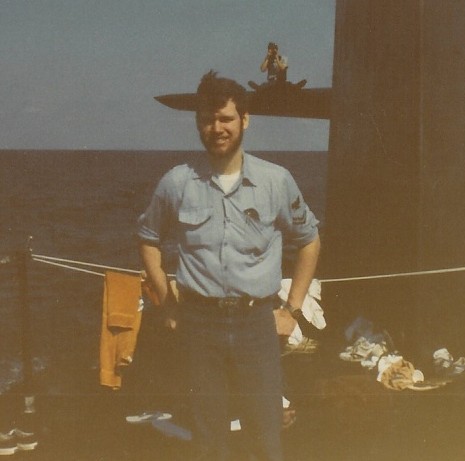
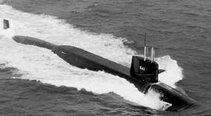
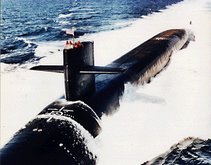




No comments:
Post a Comment